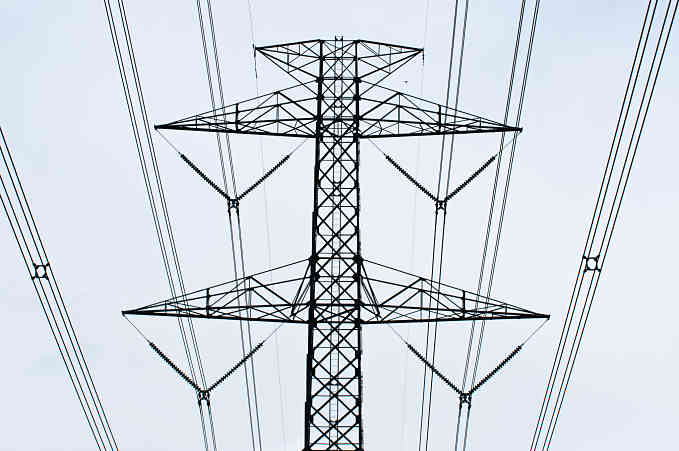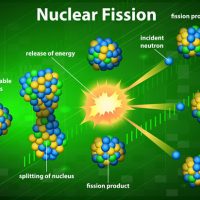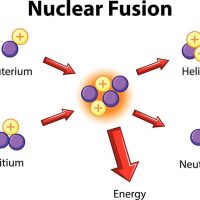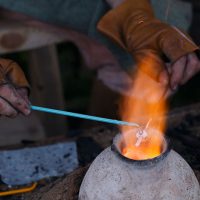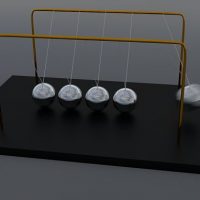Metals are excellent conductors of heat and electricity but why is this the case? Read on to find out the answer.
Metals are good conductors of electricity and heat because they have free electrons that can carry an electrical charge or heat energy through the metal.
Why metals are good conductors of electricity and heat
The reason why metals are good conductors has to do with the nature of their electrons. The outer, or valence, electrons in metals are shared by all the atoms. We call these electrons “delocalised” as they are not associated with a single atom or bond.
Below their melting points, metals have an ordered, crystalline structure. Electrons reside in energy levels, but they only reside in certain specific ones, with particular energies. In a metal, because all the atoms are the same, the valence electrons are all at the same level, so it can be considered an “energy band”. The electrons in this band, the valence band, are free to move around.
There is also a conduction band that is a higher energy level and, in metals, the two bands overlap (in terms of energy levels, not physical overlap), such that it is easy to bump an electron up a level. If energy such as heat or electricity is applied to the metal, electrons are elevated from the valence band to the conduction band, and move through the metal leading to an electric current or heat conduction.
In non-metals, the valence band and conduction band have a large gap between them, so it takes far more energy to get an electron into the conduction band. Thus, they are good electrical insulators. Metalloids, or semi-metals, are somewhere in between, leading to their ability to conduct heat and electricity but only when a good deal of energy is added.
Delocalised valence electrons can transfer heat energy as well as electric current, making metals excellent heat conductors. The metal ions are packed tightly in the crystalline structure. As the atoms vibrate more with kinetic energy (heat), they are able to pass that energy through the material more easily.

